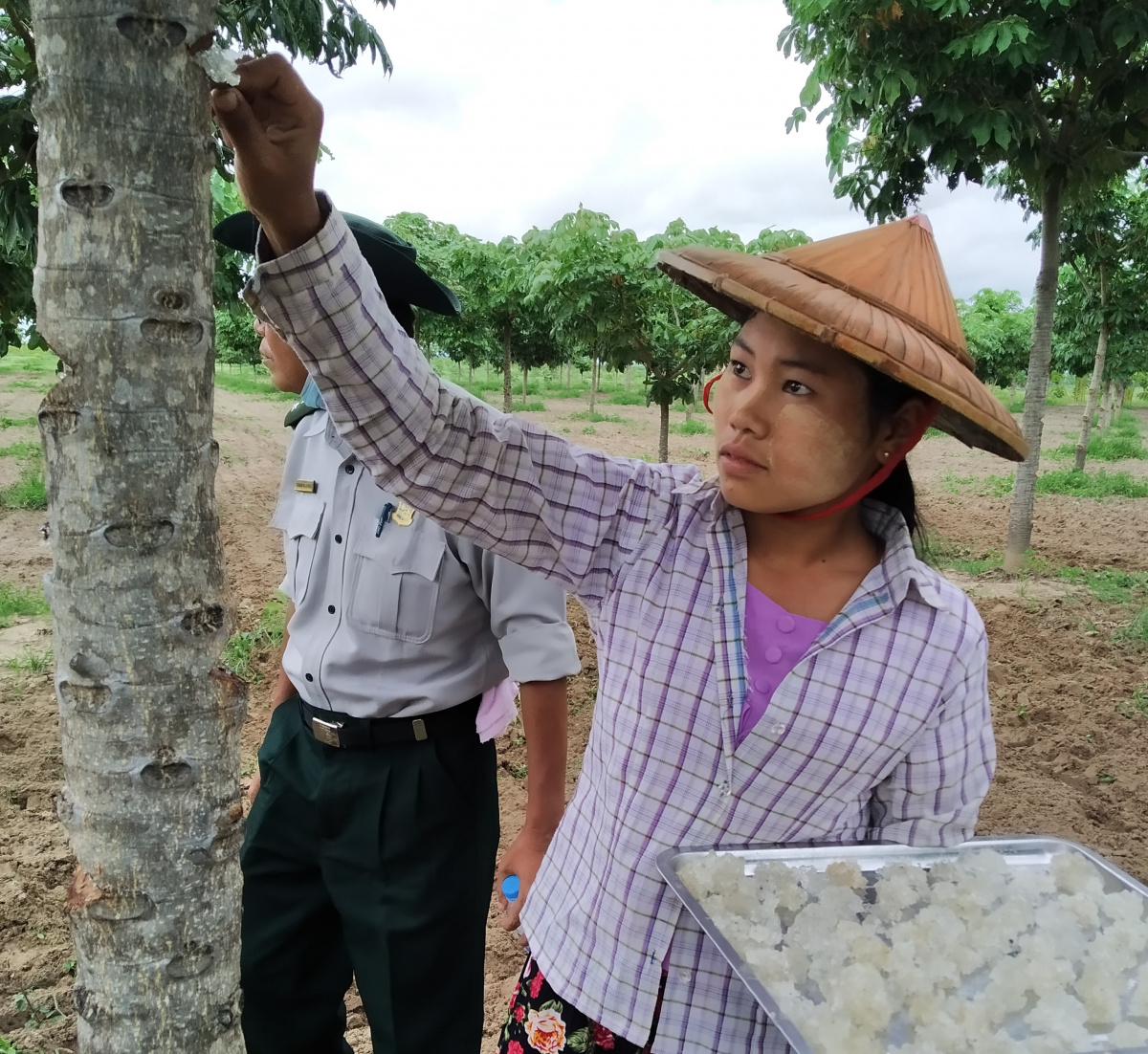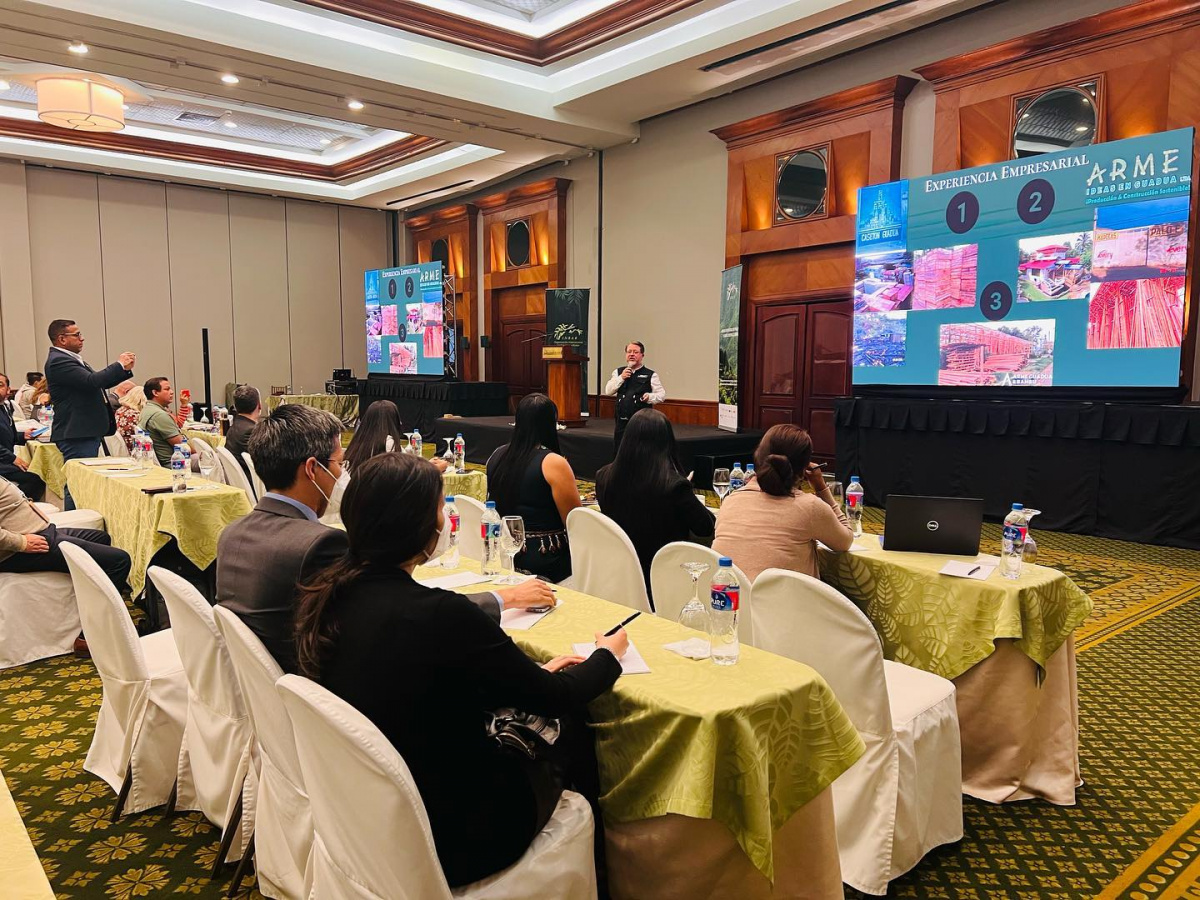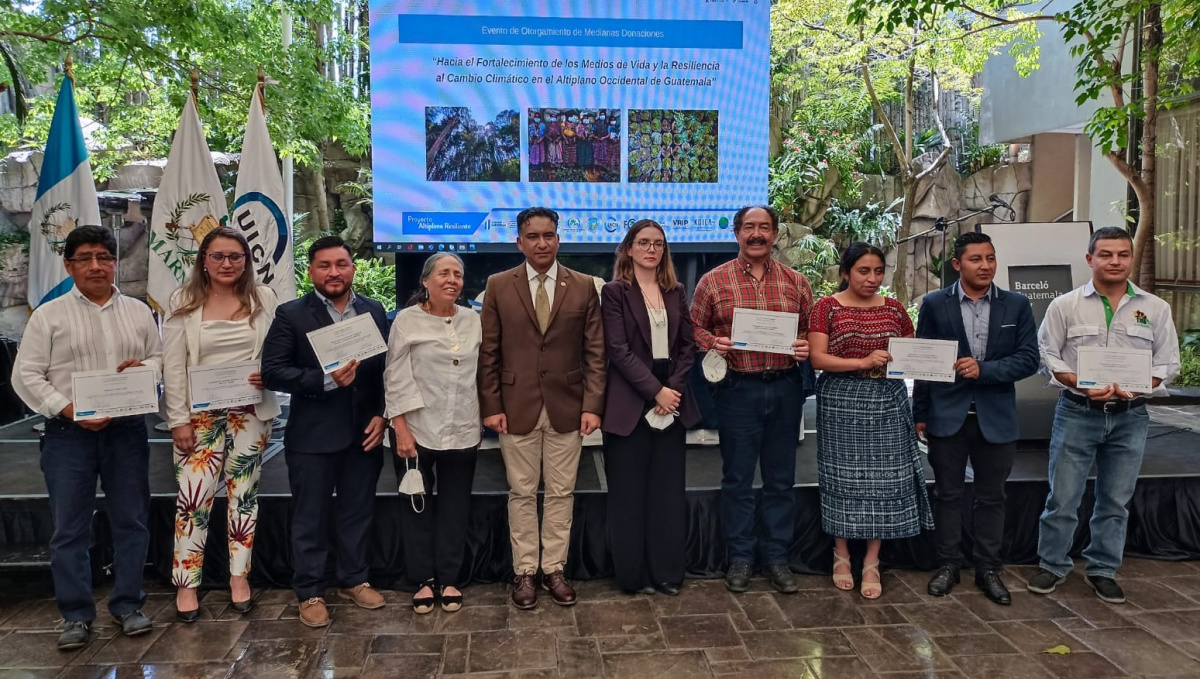The Restoration Initiative: A Myanmar story
Restoration meets the needs of local forest communities in Myanmar

Photo: TRI Myanmar
Note: the Myanmar project has been suspended due to the political situation.
The forests in Myanmar provide a wealth of products and benefits for local communities. These benefits include generation of timber, as well as non-timber forest products (NTFPs), such as fruits, nuts, resins, gums, edible plants and mushrooms, fish and game, and more. Just how valuable these NTFPs are to local communities is an important consideration when designing effective forest restoration and management plans, and something that TRI Myanmar sought to better understand as part of a recent assessment.
Working in the Sagaing Region – the dry central part of the country that has experienced extensive deforestation and land degradation over the past two decades – the project surveyed some 60 people from six villages on the harvesting and use of NTFPs. Researchers wanted to know the different types of NTFPs harvested, the level and frequency of harvesting, whether NTFPs were sold on markets or used directly by households, whether hunting of fish and game is taking place, and whether the level of harvesting is sustainable.
Overall, the study showed that NTFPs are an important source of food, fuel and income for all forest communities surveyed, particularly during times of hardship when NTFPs provide an additional measure of food security and supplementary income for poorer households. At the same time, the study also showed that the harvesting of NTFPs often far exceeds what is sustainable, and presently there are no local laws in place to regulate non-commercial harvesting. Such unstainable harvesting of NTFPs is one cause of forest degradation alongside other use impacts such as logging.
As Maung Myint, Chief of Kyun Taw Village in Kawlin Township notes, “Twenty years ago, wild boar, deer and fowl were plentiful near our village, but nowadays it is hard to find them.”
Another village leader, Than Aung, Chief of Maelinchaung Village said, “Bamboo is a natural forest resource and essential for our village. Thus, we do not cut all the bamboo in the forest. We leave bamboo shoots for the next harvest as much as we can since we are making bamboo baskets and generating income from selling these bamboo baskets.”
Using the results of this study, the TRI Myanmar project assessed the costs and benefits of different options for restoring degraded and lost forest in the Sagaing Region. Findings suggest that the highest value restoration options include a mixture of resin-bearing trees (Sterculia versicolor) plantations and assisted natural regeneration to restore high conservation-value forest important for the conservation of threatened species.



